Hydrangeas are a flower power plant for summer gardens. They grow in hard-to-fill niches in garden plantings, or they can dominate a well-watered area near the house or on the shady side of the lawn. Hydrangeas produce eye-catching heads of flowers in white, pink, lavender, purple, or rose that change colors as they begin to fade, making them interesting in the garden and as cut flowers.
Hydrangeas look great on their own, but there are more than a few plants that look great in the same bed with them. Here are 11 of our favorite companion plants for hydrangeas.
Favorite Companion Plants for Hydrangeas- 1. American boxwood (Buxus sempervirens Euphorbiales)
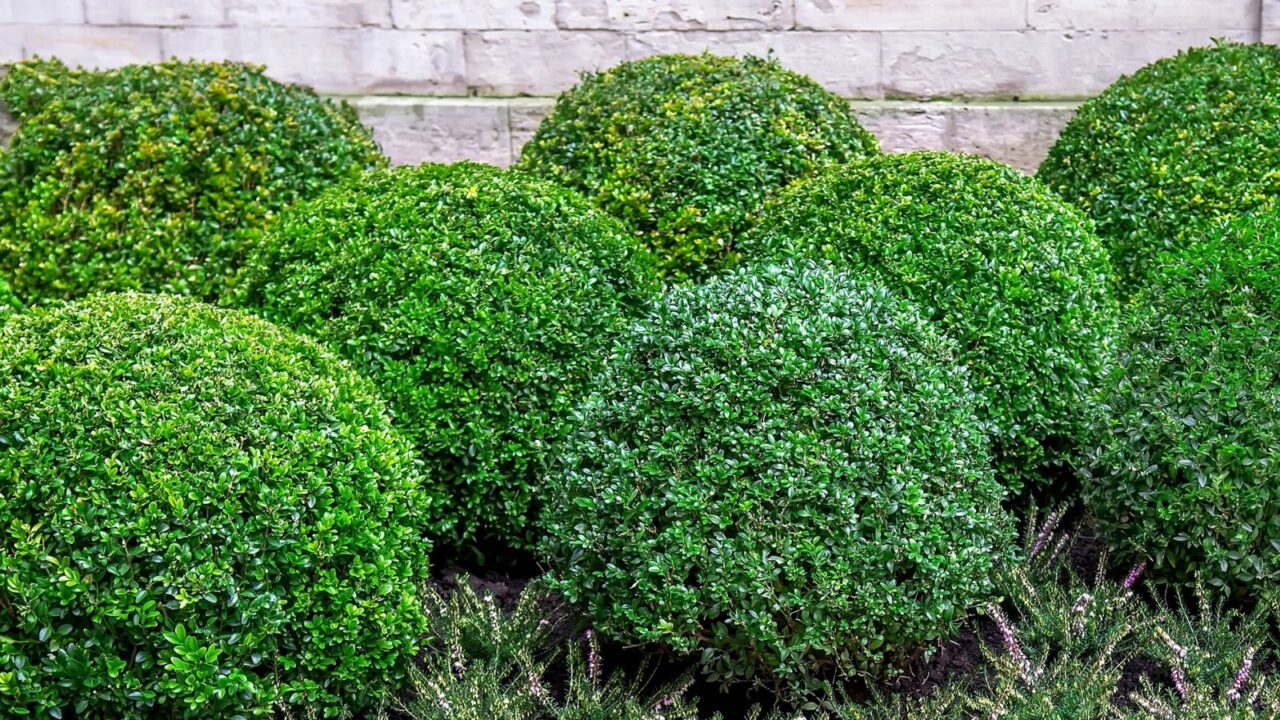
Image credit: Depositphotos.
Pairing plants can not only make them look better in the garden, but also help them ward off pests and diseases. First on the list is the American boxwood.
The formal look of clipped boxwood is a nice contrast to the wilder look of hydrangeas. You can clip boxwood into a symmetrical, rounded shape that complements hydrangeas in formal gardens. Plant a low boxwood hedge in front of your hydrangea bed, or let your boxwood grow taller behind your hydrangeas for a contrasting wall of green.
Boxwood and hydrangeas both thrive in moist, acidic, loamy soil. They both benefit from protection from the harsh afternoon sun and are watered on a similar schedule.
2. Astilbes
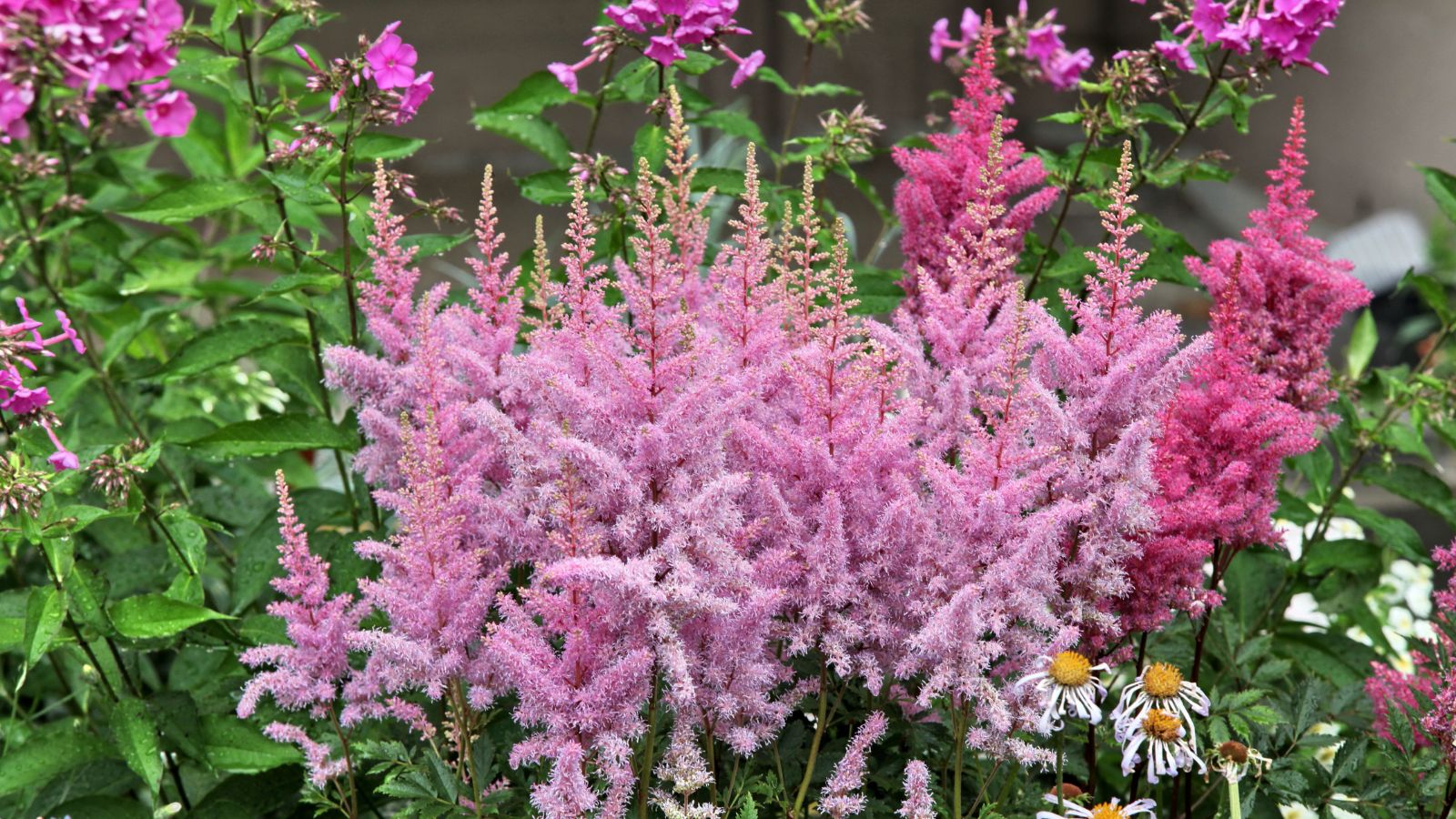
Image credit: YAY Images.
The feathery white, purplish-red, or pink plumes of astilbes are an interesting color complement to white, pink, and blue hydrangeas. Astilbes like the same growing conditions as hydrangeas do, preferring well-watered, shady spots in the garden.
They are resistant to deer and rabbits, but are a magnet for bees, butterflies, and hummingbirds, bringing large numbers of beneficial insects and pollinators to the garden.
Peak flowering time for astilbes coincides with the summer show of hydrangeas. Just remember to put your astilbes in partial shade. Too much sun will scald them, and they won’t bloom in full shade.
3. Azaleas (Rhododendron)
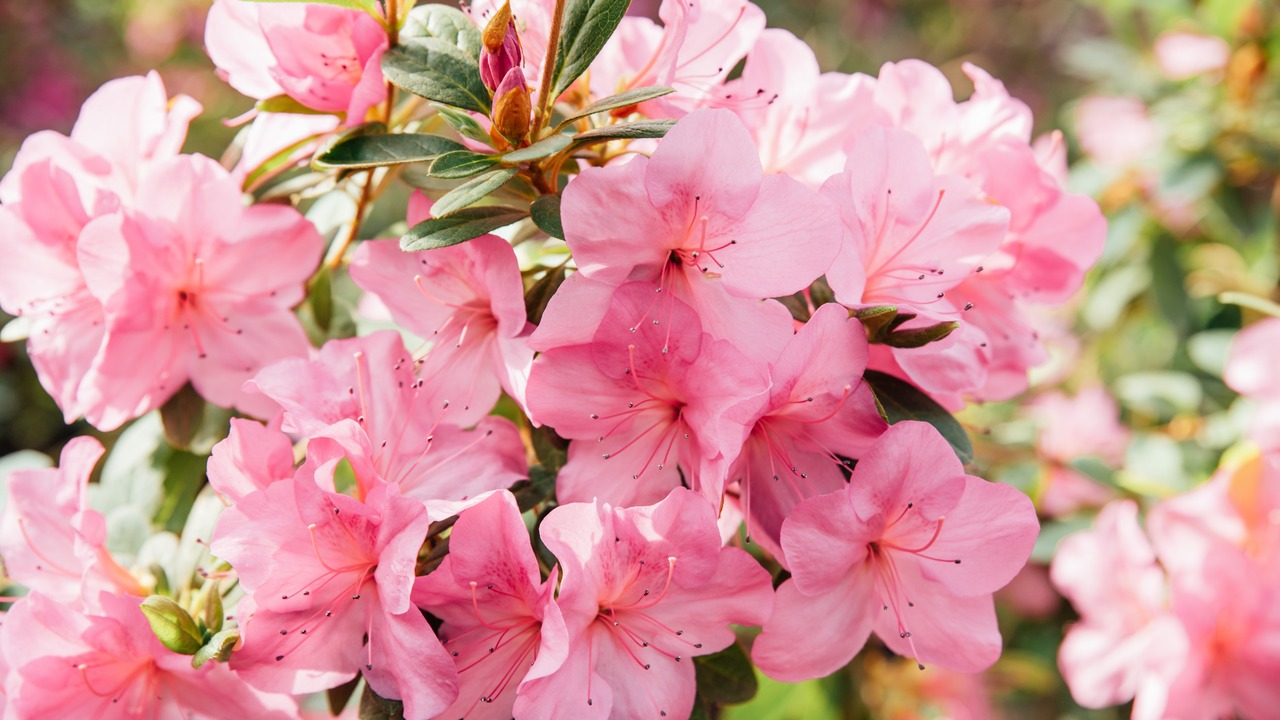
Image Credit: Shutterstock.
Azaleas are natural companion plants for hydrangeas. They like the same growing conditions. Both azaleas and hydrangeas like moist, acidic soil and cool, afternoon shade. And both plants thrive when they are mulched, to prevent excessive variation in soil moisture.
The peak blooming season comes earlier in the year for azaleas than for hydrangeas, but there are a few varieties of azaleas that bloom throughout the summer. Hydrangeas typically bloom all summer long. Blue hydrangeas blend well with white- or yellow-flowering azaleas. White hydrangeas complement salmon-colored or Tabor pink azaleas.
The only thing to remember about planting azaleas and hydrangeas together is not to plant pink hydrangeas with azaleas of any color. Pink hydrangeas prefer slightly more alkaline soil than will keep azaleas healthy. If you plant pink hydrangeas in the acidic soil azaleas need, they will turn blue.
You can use smaller rhododendrons in the same way as azaleas in companion plantings with hydrangeas.
4. Coral Bells (Huecheras)
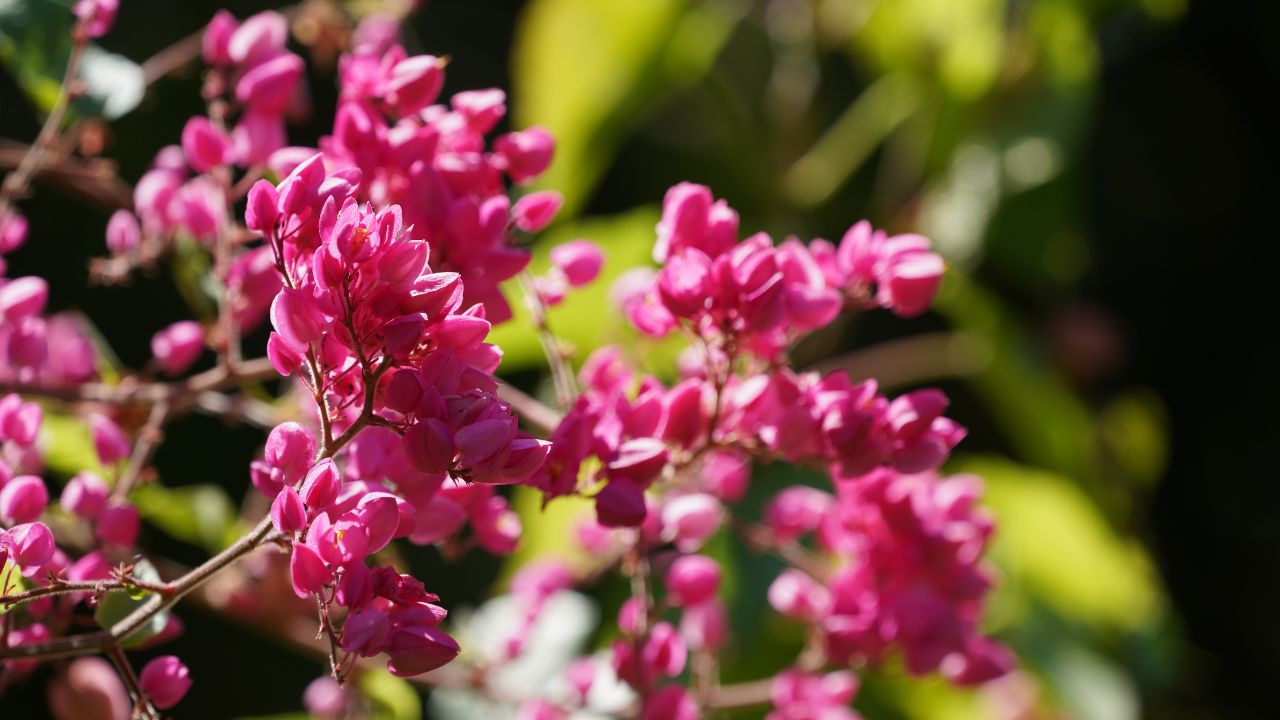
Image Credit: Shutterstock.
Coral bells sport striking foliage in green, gold, lime-green, purple, red, and rose. They put out tiny bell-shaped flowers rich in nectar that attract hummingbirds and butterflies in droves. Their leaves provide an interesting contrast to the flowers of either individual hydrangea plants or hydrangeas put out en masse in beds.
Coral bells, like hydrangeas, thrive in moist, acidic soil rich in humus. They like the dappled shade that hydrangeas need on hot summer afternoons. The classic combination is lime-green coral bells with white hydrangeas, but there are many other pairings that work well for hydrangeas and coral bells planted as a garden border or close to the house.
5. Ferns (Tracheophyta)

Image Credit: Deposit Photos.
The lacy leaves of small ferns are a nice contrast to the larger leaves of hydrangeas. All ferns like moist, fertile soil that also supports healthy hydrangeas.
Take the time to choose the variety of fern most compatible with the variety of hydrangea you have chosen. There are ferns that prefer acid soil and ferns that prefer alkaline soil, so you will be able to find a variety to complement either blue or pink hydrangeas, just not both.
There are ferns for all USDA Hardiness Zones, but you need to be sure you have chosen the right fern for your zone before you plant.
6. Plantain Lilies (Hostas)
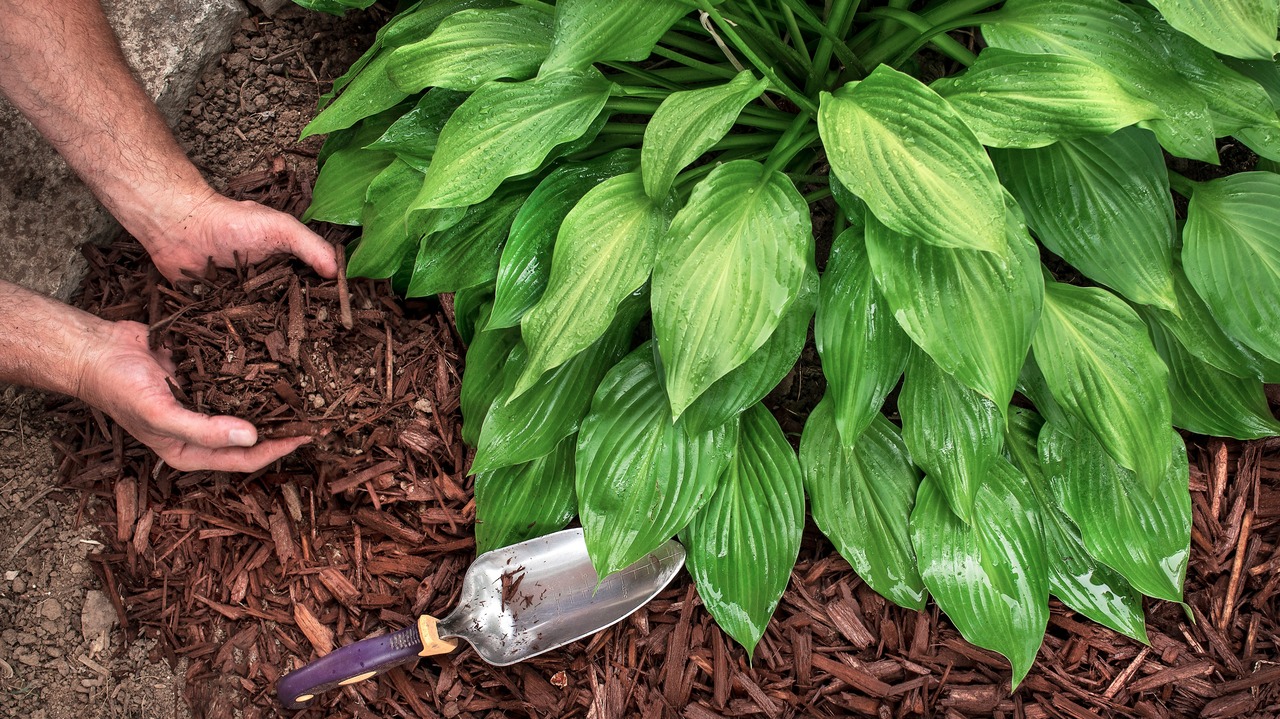
Image Credit: Shutterstock.
Hostas and hydrangeas like the same cool, moist, acidic growing conditions. They do well in partial shade and make a nice border for a hydrangea bed, even if they have to spend most of the day in full shade. Hostas are at their peak in the middle of the hydrangea blooming season, making them great companion plants.
There are varieties of hostas that have variegated leaves of blue-green, lime green, green, and white. They go especially well with white hydrangeas.
7. Ornamental Grasses
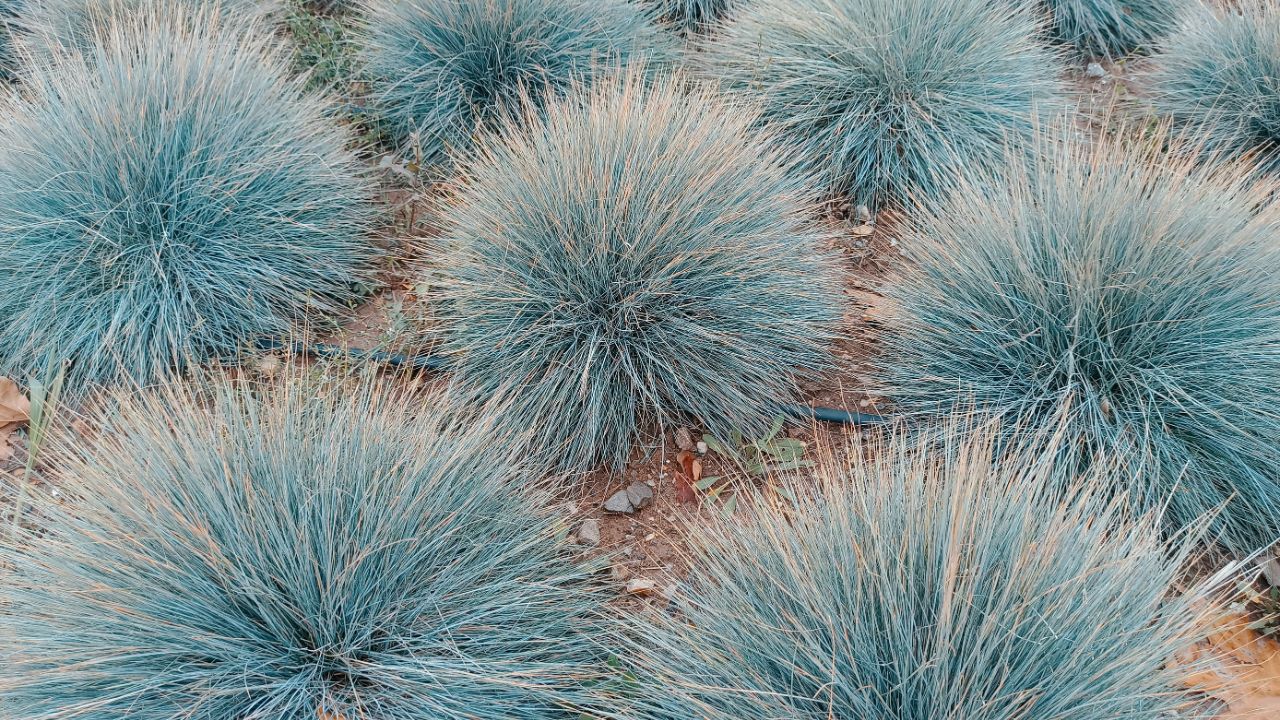
Image Credit: Shutterstock.
The strappy, thin leaves of ornamental grasses make them an attractive companion plant for hydrangeas. Dark green grasses complement white hydrangeas, while cream and variegated green ornamental grasses provide an attractive contrast in color and shape for pink, blue, or white hydrangeas.
Dwarf varieties of fountain grass and maiden grass grow cascades of dark green foliage that give movement to a border. Blue fescue has a spiky, mounded habit that lends itself to borders or edging.
Hakonechloa macra, better known as Japanese forest grass, offers variegated gold and green foliage that does well on the shady side of the hydrangea bed.
8. Japanese Pittosporum (Pittosporum)
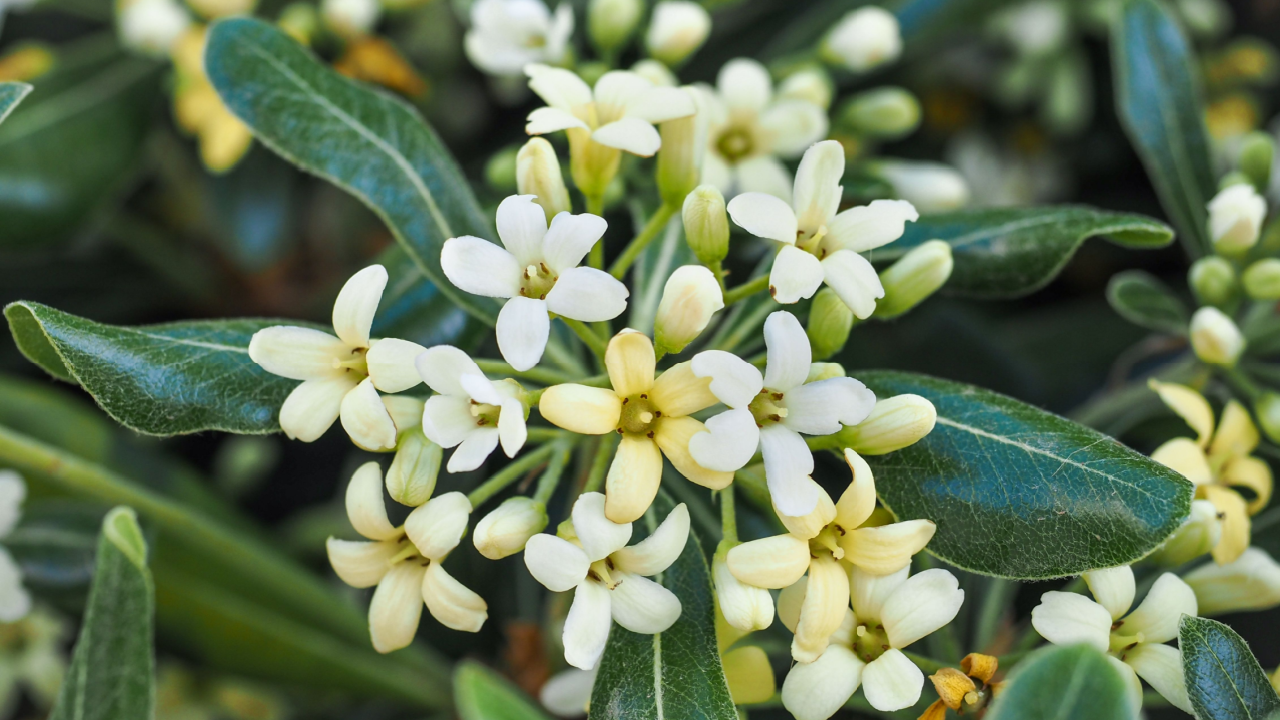
Image Credit: Shutterstock.
Pittosporum, also known as Japanese mock orange, is an interesting, low-growing plant to contrast with hydrangeas Its whorled leaves and tiny white blossoms are a nice contrast to taller and showier hydrangeas planted over them.
Be forewarned that these delightful edges and border plants don’t stand up to winter cold (they are adapted to USDA hardiness zones 8 through 11), and they require good drainage.
9. Swedish Ivy (Plectranthus)
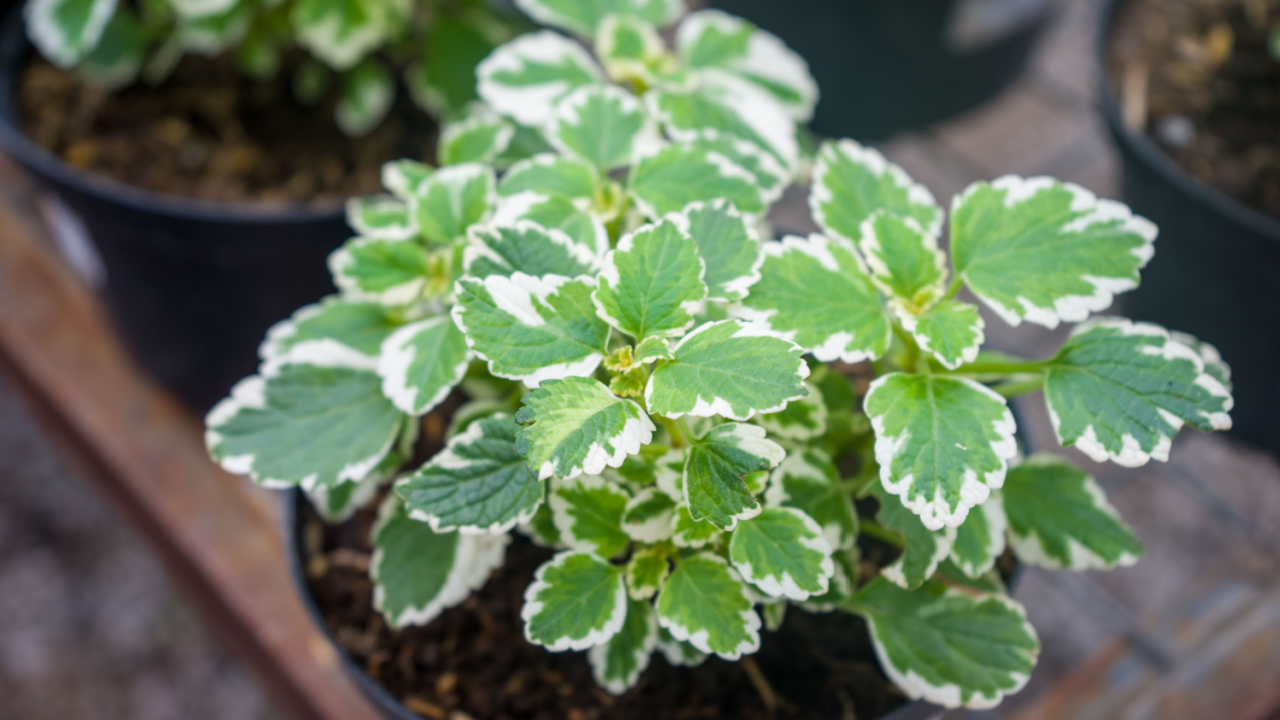
Image Credit: Shutterstock
Swedish ivy thrives in the moist, loamy, acidic soil favored by hydrangeas. It also does well in dappled shade, as long as it gets four to six hours of morning sun. Its small, dark-green, shiny leaves cover the ground between hydrangea plants, offering a nice color contrast to hydrangea leaves, and making thick mulch unnecessary.
Swedish ivy has blooms of its own. They end in tiny white flowers on 8-inch (20 cm) stalks. It’s easy to start Swedish ivy from cuttings rooted into the ground between your hydrangeas.
10. Sweet Potato Vine (Ipomoea pandurata)
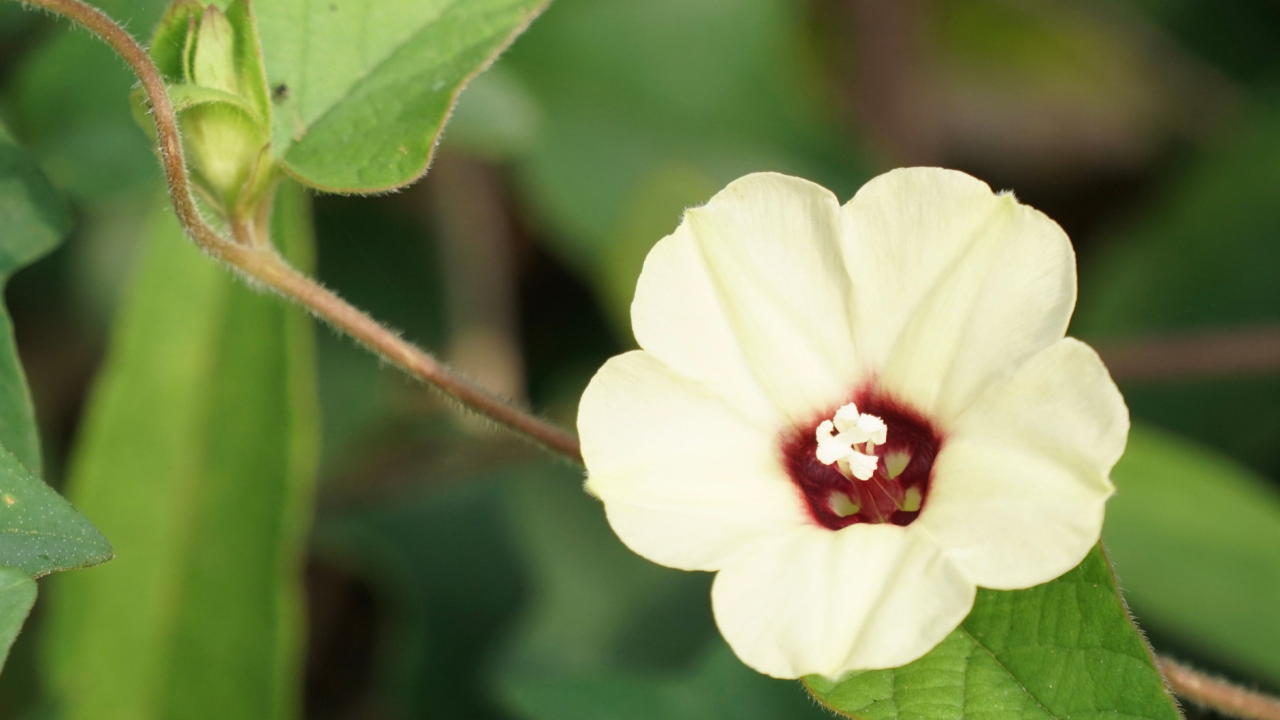
Image Credit: Shutterstock.
A cousin of the morning glory, the sprawling, leafy sweet potato vine makes an interesting ground cover in between tall, flowering hydrangeas. There are varieties of sweet potatoes with bright green, bronze, brown, purple, and almost-black leaves that complement hydrangeas of any color.
Sweet potatoes don’t do well when temperatures fall below 50 degrees F (about 10 degrees C), so they are only recommended for USDA Hardiness Zones 8 through 11. North of Zone 8 in the USA, they don’t have a long enough growing season to fill out the spaces between hydrangeas.
Sweet potatoes are strictly an annual plant except in USDA Hardiness Zones 11 and 12.
11. Veronica (also known as Veronica Speedwell and Veronica officinalis)
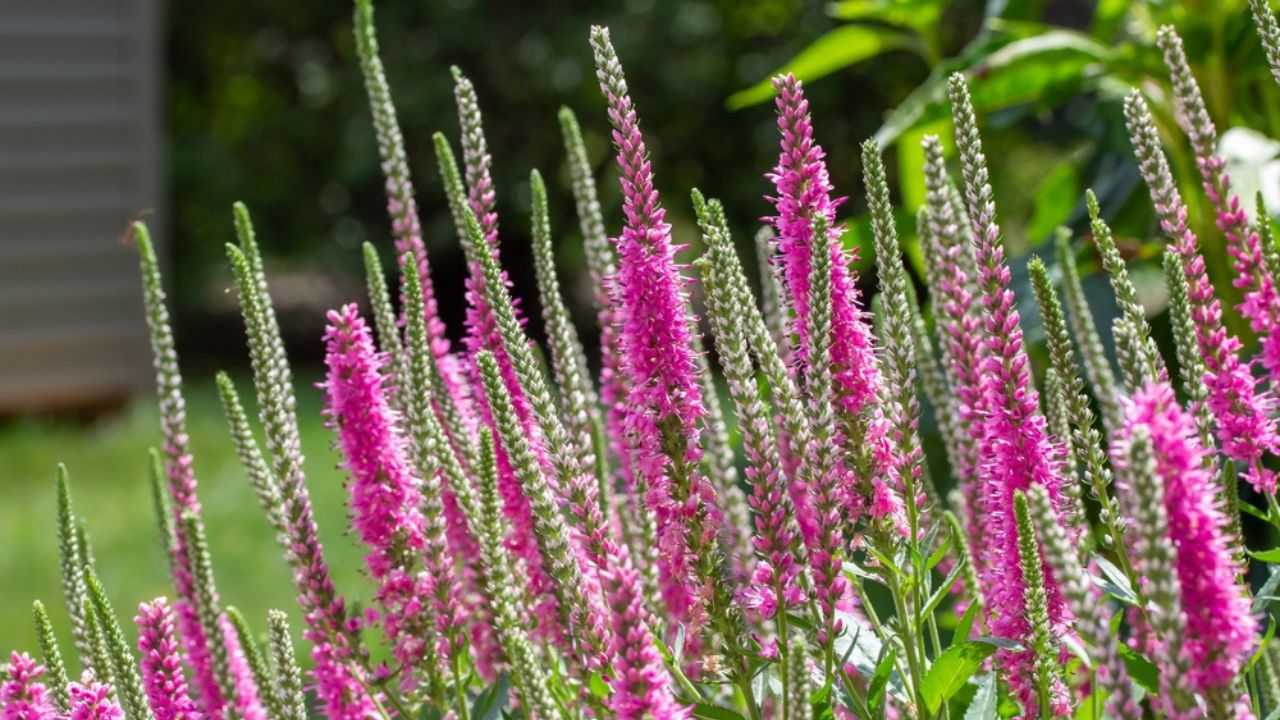
Image Credit: Shutterstock.
Veronica and hydrangeas are great companions in mass plantings. Veronica bears single flowers of four petals in blue, pink, and white that draw the eye to the clear blue, frosty white, lavender, vibrant pink, and rose panicles of hydrangeas planted behind them.
Veronicas grow well in either alkaline or acidic soil, so they are suitable companion plants for both blue and pink hydrangeas. They aren’t fussy about sunlight, either. They do well in shade, partial shade, and full sun, making them a suitable companion plant in any part of the hydrangea bed.
The only absolute requirement for veronicas is well-drained soil. They are suited to USDA Hardiness Zones 3 through 8.
What Plants Are Incompatible with Hydrangeas?
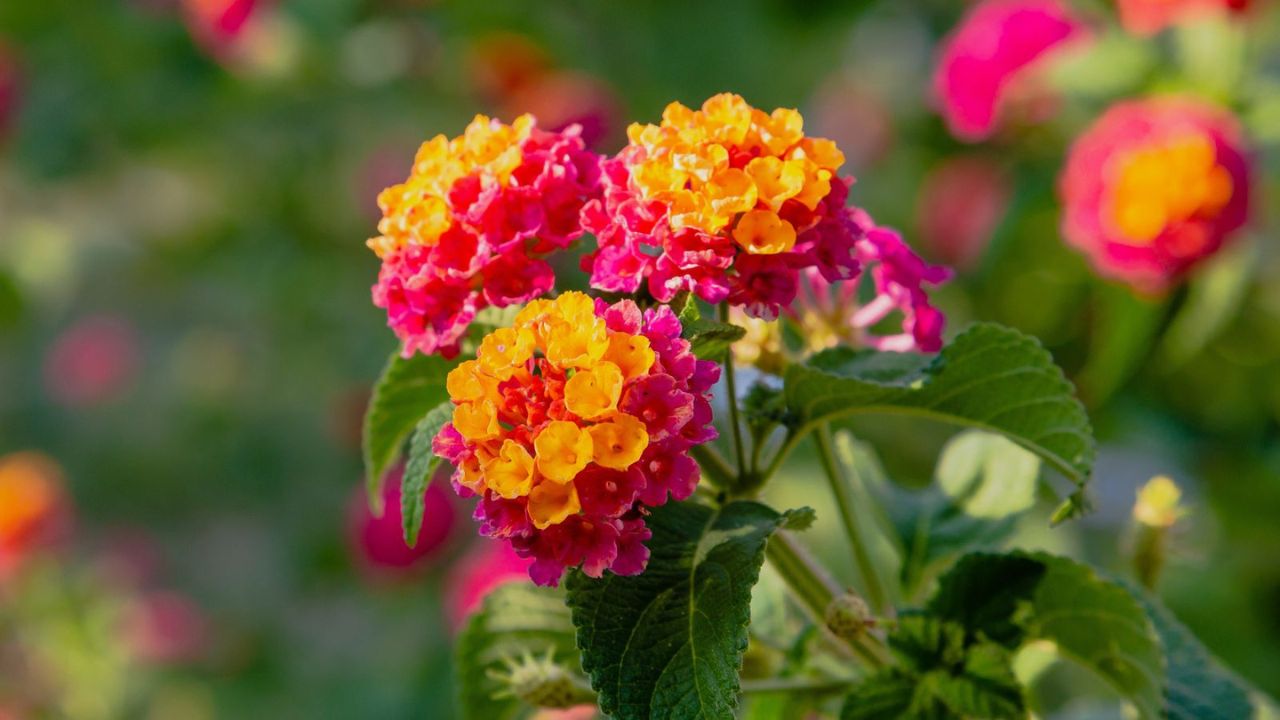
Image Credit: Depositphotos.
Plants that thrive in full sun aren’t good companions for hydrangeas. The full sun needed for strong growth of lantanas, catmint, verbenas, gaillardia, sedum, dianthus, coneflowers, peonies, daylilies, artemisia, and ice plants is too much for keeping hydrangeas healthy.
On the other hand, some shade-loving plants like lily of the valley, dead-nettles, elephant ears, coleus, and primroses (primula) aren’t good companions for hydrangeas either.
You also can’t grow plants that require dry soil, like lavender, portulaca, or cacti, with hydrangeas. However, chances are that you will find some companion plants you like that enjoy the same conditions as your hydrangeas.
Things to Keep in Mind When Choosing Companion Plants for Your Hydrangeas
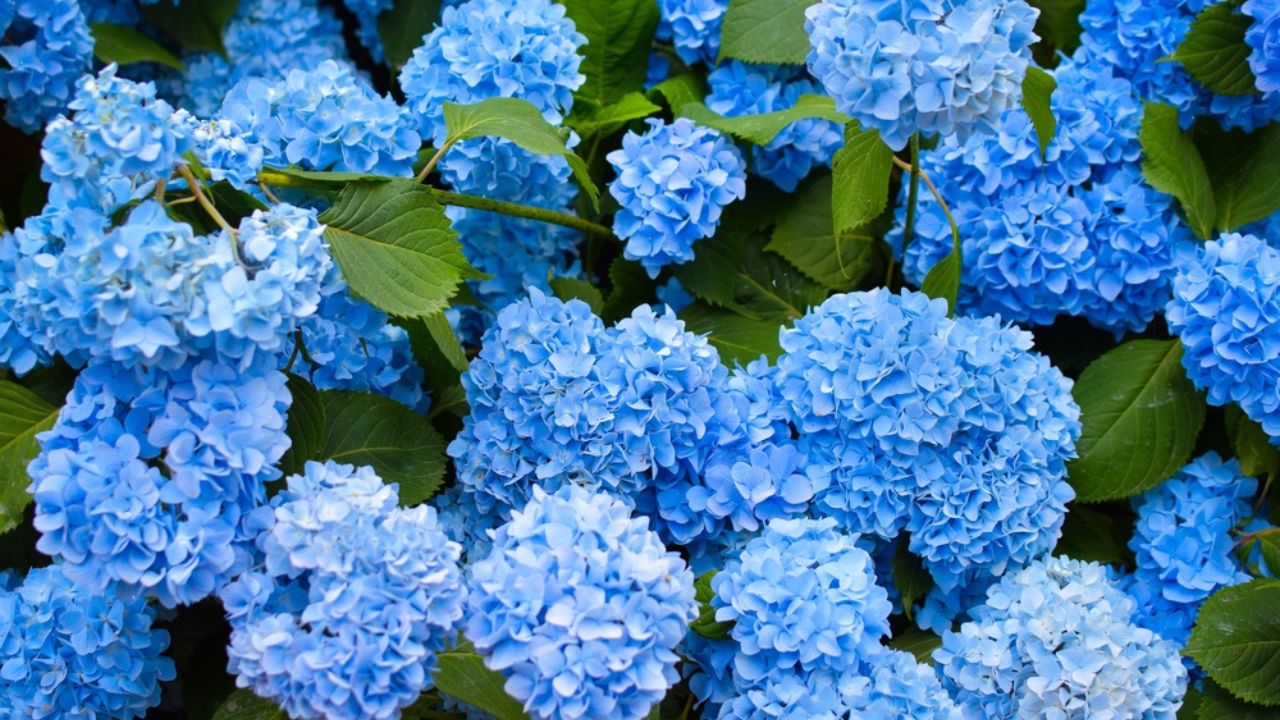
Image Credit: Shutterstock.
Hydrangeas are greedy feeders. They need lots of humus, compost, and flower fertilizer. Not every companion plant does well with the heavy fertilization required by hydrangeas.
Hydrangeas change their color in response to soil pH. If you want blue hydrangeas, be sure to give them commercial blue hydrangea food on a regular basis to keep them from turning pink. Conversely, give your pink hydrangeas regular fertilizing with pink hydrangea food to keep them from turning blue.
White hydrangeas usually stay white, but they may get some color in the center of their blooms with changes in soil pH.
Hydrangeas thrive under a 2- to 3-inch (5 to 8 cm) layer of mulch. Mulches of pine needles will encourage flowers to turn blue, but other kinds of leaf mold will encourage flowers to turn pink.

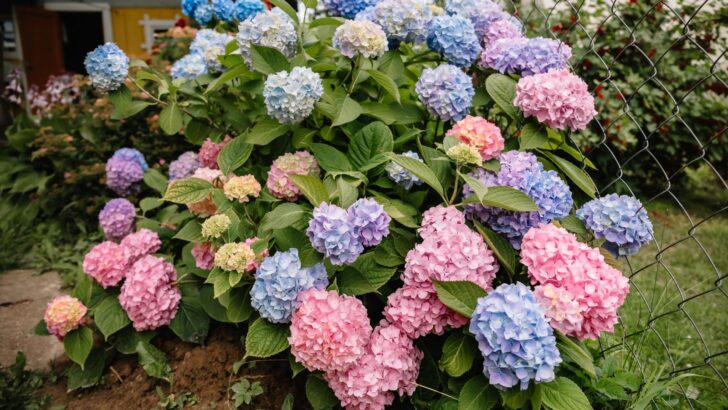

Companion Planting Guide (Including 7 Benefits Of Polyculture)
Tuesday 1st of August 2023
[…] Companion plants for hydrangeas […]
27 Bright And Colorful Flowers With Pictures
Tuesday 4th of July 2023
[…] Check out these hydrangea companion plants. […]
17 Incredible Ideas For Landscaping With Hydrangeas In Front Of The House
Wednesday 14th of June 2023
[…] with other plants in your landscape creates variety and visual interest in your front yard. Some excellent companion plants for hydrangeas […]
11 Gorgeous Companion Plants For Hibiscus
Sunday 30th of October 2022
[…] Check out the best companion plants for hydrangeas. […]